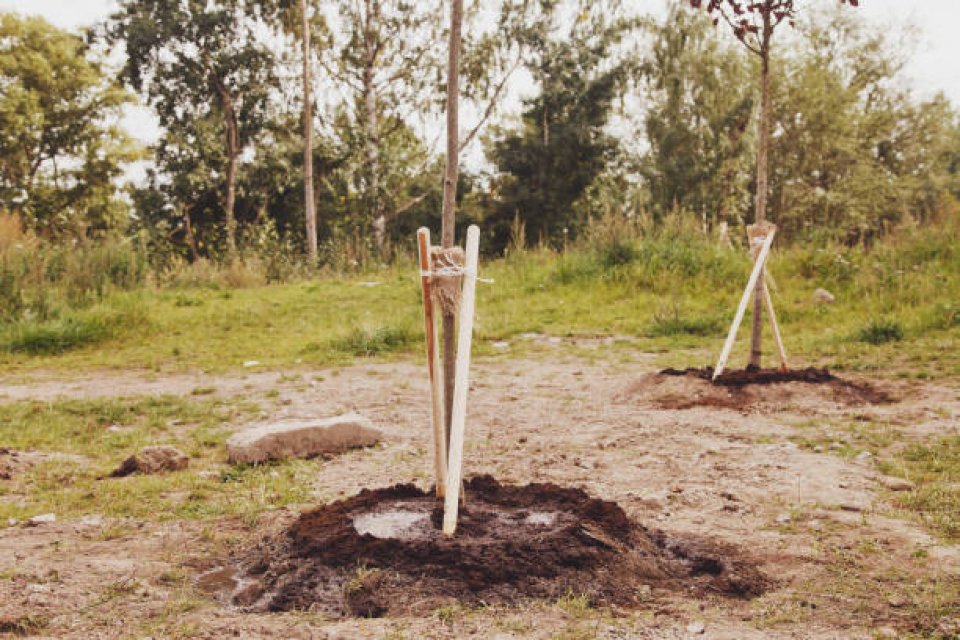
The project area, the Duwa and Sutebwo forests (20,404 hectares in total), is located south of the Sahara Desert. The population is strongly dependent on rain-fed agriculture, so the region is particularly vulnerable to the effects of climate change, such as the temperatures' increasement, changes in rainfall patterns, more frequent and extreme climate events. Moreover, the negative effects of the climate change are combined with the agricultural expansion, the forest degradation and deforestation, erosion and biodiversity loss from poaching. The results are the loss of assets and crops, food price shocks that worsen an already difficult situation of high poverty levels and food insecurity.
The project aims to protect and restore the biodiversity of the Duwa and Sutebwo forests and to increase household incomes, contributing to poverty reduction in 41 local communities in the district of Tominian.
The project supported tree planting and care, Farmer-Managed Natural Regeneration (FMNR) and agroforestry. The FMNR tecnique involves farmers to regularly prune a tree to stimulate growth. After pruning, cut leaves are left on farm to reduce erosion and return nutrients to soil; while pruned stems can be used as firewood, reducing pressure on forests. These solutions provide a variety of Non-Timber Forest Products that help diversify community incomes and improve the autonomy of women. The intervention also helped to establish firebreaks around restored areas to prevent the destruction of existing forests and new trees.
Data shows that there has been a marked improvement in the tree density, increasing from an average of 168 trees/ha to an average of 182 trees/ha. More than 345,000 new trees were planted, and 327,000 trees restored to improve water retention and soil fertility. 32,023ha of land are benefitting from improved natural resource management techniques. The project has also created a more inclusive, resilient and participatory community, indeed 75% of beneficiaries believe they now have fairer and more equal access to local forest resources. 44 viable community-led small NTFP-based businesses has been established. By the end of the project, there has been a reduction of 34% of the population below the poverty line ($1.90 a day/Adult Male Equivalent) based on Total Value of Activities and a reduction of 5% of the population below the calorie line (2,500 Kcal per day/Adult Male Equivalent).
- Developing climate change adaptation; improving risk management and resilience
- Reduce drought risk
- Reduce risk of damages from drought
- Developing climate change mitigation
- Increase Biodiversity
- Increased cultural richness and biodiversity
- Increase social interaction
- Increase stakeholder awareness & knowledge about NBS
- Increase well-being
- Social inclusion
The project established a more participatory and inclusive forest governance, with decentralised decision-making processes. Local communities were supported to take on stewardship of two communal forests through a forest dialogue group and a steering committee in order to provide an open forum for discussion and addressing conflicts that may arise over natural resource use.
Further information
- 1. No Poverty
- 2. Zero Hunger
- 3. Good Health and Well-being
- 5. Gender Equality
- 10. Reducing Inequality
- 13. Climate Action
- 15. Life On Land
